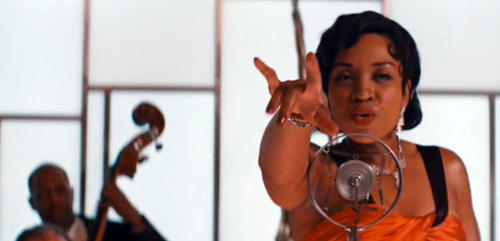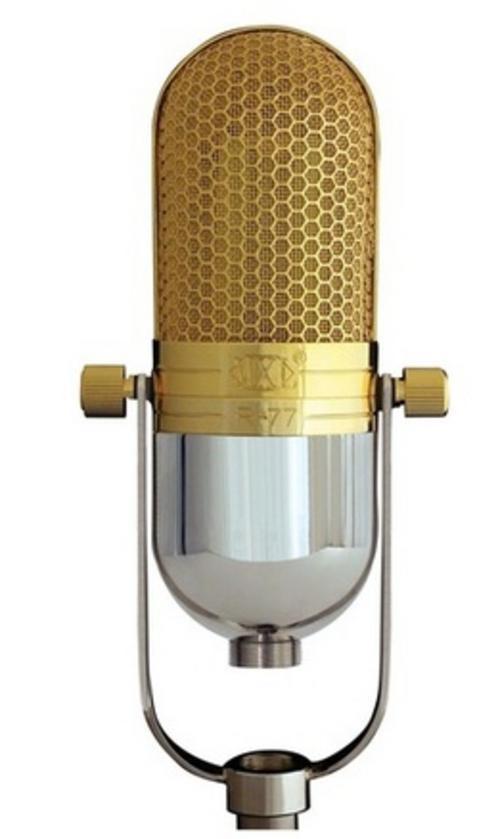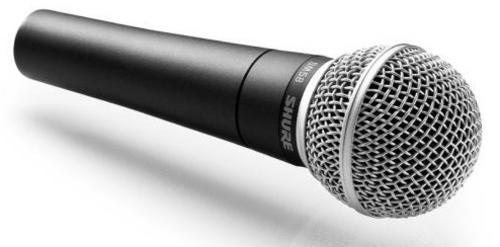Designed to Capture the Sound Waves |
| ||
| Carbon microphones use basically the same principle as that developed by Edison. Carbon granules are placed between two metal plates, through which a small electrical current is passed. Changes in the pressure applied to the plates, caused by sound waves, alter the amount of current flowing and thus produce an electrical signal. Carbon microphones produce low quality sound reproduction and have a limited frequency response, but they are robust. |  | ||
| A ribbon microphone uses a thin metal ribbon, often corrugated, which is placed in a magnetic field. Sound waves move the ribbon within the magnetic field, inducing an electrical current that in turn produces the electrical output from the microphone. |  | Often known as a piezo-electric microphone, the crystal microphone takes advantage of the property of some crystals to produce an electrical current when placed under pressure. Vibrations caused by sound waves hitting the crystal are converted to an electrical signal. These types of microphones are often used to amplify acoustic musical instruments such as violins and guitars. |  |
| A loudspeaker converts electrical energy into sound using electro-magnetic principles, whereas a dynamic microphone works in reverse, changing the sound waves received into electrical energy by using the sound vibrations to move a coil of fine wire within a magnetic field. Just as there are different types of microphone construction, there are differences in the sensitivity of the microphone to sounds coming from different directions. |  | ||
| By altering the interior components of a microphone, the microphone can be designed to produce different patterns of sensitivity. A microphone that is equally sensitive in all directions is known as an omni-directional microphone. A uni-directional microphone is more sensitive to sounds in one particular direction, while a bi-directional microphone receives sound equally from the front and rear. When you consider how much of our modern society relies on microphones, you can see we owe a great deal to Thomas Edison and his invention. | |||